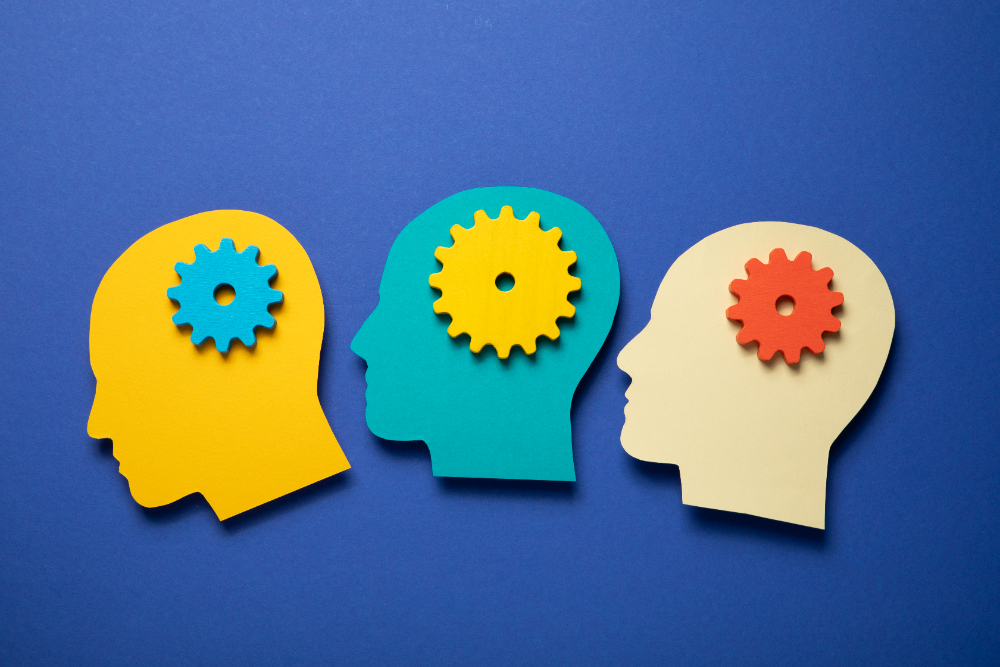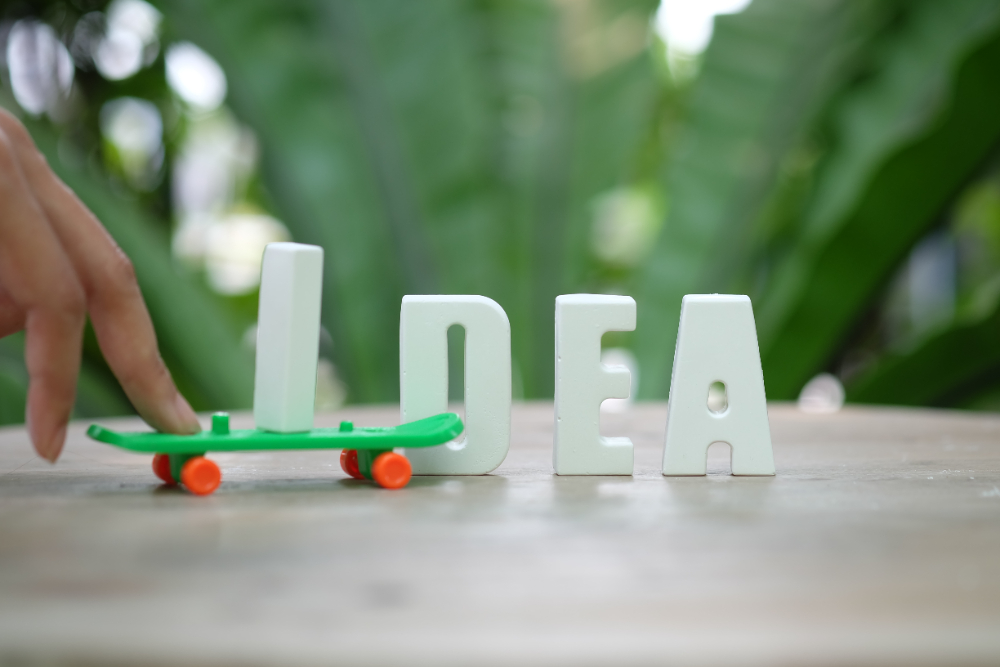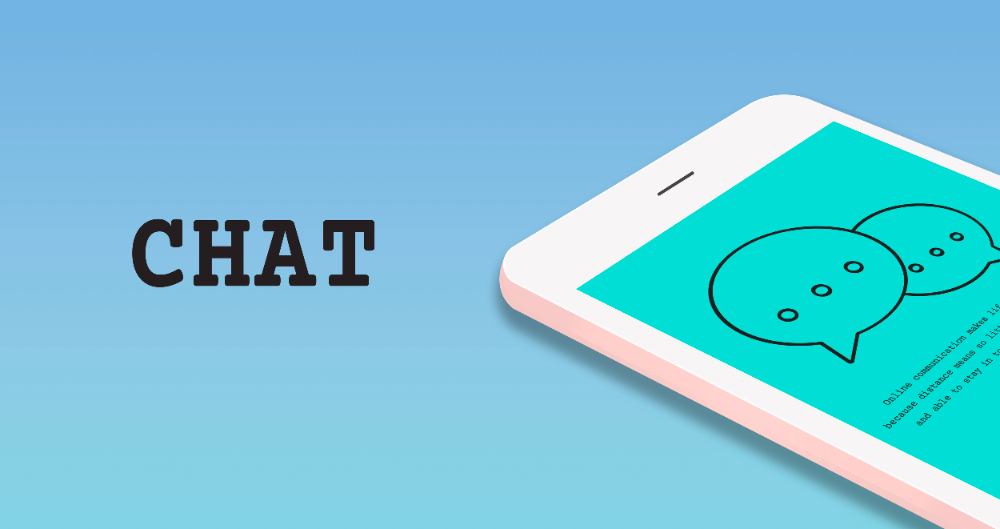Table of Contents
- Understanding the Definition of Arts Education
- The Importance of Arts Education
- Creativity and Innovation
- Cognitive Development
- Critical Thinking Skills
- Emotional Intelligence
- Fostering Cultural Awareness
- Preparing for Diverse Career Opportunities
- Motor Skills
- How to Incorporate Arts Education into the Curriculum?
- Wrap Up
Various studies have shown that arts education is crucial for the cognitive development and critical thinking of students. But, a lot of educational institutes and teachers keep this subject on the sidelines. They don't give importance to the arts as they should.
That's why, in this blog, we are going to discuss the importance of arts education and how to incorporate this subject into the curriculum.
Understanding the Definition of Arts Education
Arts Education should be a part of K1 to K12 classes and encompass a broad range of disciplines. It focuses on teaching how to be creative and use various products to create new things that could inspire creativity and innovation. Teachers could teach this subject in many forms, from formal classes to extracurricular activities.
The subject includes various kinds of visual arts that encompass painting, music, drawing, sculpture creation, theater, and dance clubs. It could be taught to KS1 and KS2 and each has different learning outcomes.
Art and creative subjects at KS1 could include learning and praising the art projects of previous artists. Moreover, the classrooms are more formal and focus on these aspects: pattern, design, color, texture, line, form, and space.
After this, at KS2, more complex ideas and concepts are discussed. It encourages creativity and imagination as you can improve or master sculpturing, drawing, sketching, and painting.
The Importance of Arts Education
A literature review from Frontiers in Psychology outlined various studies that discuss how art or creative subjects could improve the physical and psychological well-being of people. Studies and surveys also point out that appreciation of art could bring positive changes in a person's life. It enhances their social tolerance and higher levels of civic engagement. It is making our society healthier, happier, and better. That's why instructors are bringing art to people's lives in the form of theater, formal classes, galleries, museums, or various events. There are a few other benefits too.
Creativity and Innovation
Art and creative subjects promote innovation and creativity. These subjects encourage children to express their feelings and thoughts, which could promote their physical, emotional, and mental health. It is crucial to give space and opportunities for children to create something new. It will enhance their emotional health and create empathy in their hearts.
As art drives students to think outside the box, it fosters innovative thinking. They can become like Plato, who could make revolutionary changes in their field of study, whether it is business or arts.
Cognitive Development
Various studies have shown that art and music are linked to enhanced cognitive performance. It reduces stress, anxiety, and cognitive load, leading to happiness and boosting productivity. Participating in artistic pursuits could develop various sections of the brain.
For example, drawing and painting could improve visual-spatial abilities. This could help in solving puzzles, reading maps, and analyzing graphs. It also enhances mental flexibility that could help in adapting to different situations. It also improves other cognitive skills, such as problem-solving, mental organization, and pattern identification.
Critical Thinking Skills
Art education could promote critical thinking as it develops a questioning mindset. It allows kids to analyze, assess, and question different art pieces and create any masterpiece of their own. They have to understand others’ emotions, cultural backgrounds, and situations that enhance their thinking abilities. They have to delve into complicated topics through communication or collaboration.
These kids participate in different kinds of seminars and clubs where they ask each other different questions and delve into any art piece or hot topic together. For example, an art student would love to read books and participate in various book clubs where like-minded people discuss themes and the writing styles of different books. It gives students various perspectives and allows them to think out of the box. So, it also makes them curious and critical thinkers.
Emotional Intelligence
Emotional Intelligence includes understanding one's emotions, how to express them, and understanding others’ emotions. It is crucial for mental well-being and relationship building. People need to understand each other's emotions effectively to build community and tolerance.
Arts allow them to express themselves and build social and emotional skills. They could learn about their emotions and have creative outlets to express them. Understanding different arts allows them to understand different emotions and how to overcome them. Creating art is also a form of giving out all the emotions effectively.
Moreover, collaborative art projects foster communication among team members that could enhance their emotional intelligence.
Fostering Cultural Awareness
Arts and music subjects foster cultural awareness and appreciation in students. They could learn about various cultures around them and have to step into different situations while they are role-playing. It develops empathy and tolerance for different people, beliefs, and cultures.
Art subjects include learning about various artists and their art frameworks. These studies could give students a brief intro to different cultures. Moreover, participating in multicultural art activities could give them a deeper insight into different cultures. Japanese calligraphy, role-playing in the theater, music of different countries, Indian dance classes, courses on African drumming, and various other similar kinds of courses and activities could promote cultural tolerance.
Preparing for Diverse Career Opportunities
Arts education provides learners with critical abilities that are crucial in professional life. Problem-solving, critical thinking, innovation, boosted cognitive abilities, high motor skills, and better physical and emotional health make them a better businessman or employees.
Moreover, collaborative art projects help people work in groups that enhance their teamwork, communication, and resilience. Art education also enables people to convey ideas, recover from setbacks, and work well in groups.
Motor Skills
Students’ fine motor skills increase when they use different artistic materials to create various products. Their hand-to-eye coordination boost as they create different art products. Grabbing pencils or paintbrushes could enhance their muscle power and boost their cognitive development.
How to Incorporate Arts Education into the Curriculum?
There are different ways to incorporate arts education into the curriculum.
Through Technology: There are various tech tools that you could use to teach art to kids. Virtual reality and augmented reality technology could help kids learn history and various aspects of art in a better way. They could visit museums and art galleries from the comfort of their classroom. Except for this, there are different platforms for art creation. For example, Adobe Photoshop and Premiere Pro are drawing and video editing tools. Procreate is another tool for digital painting and drawing.
Learn with Different Subjects: You can teach art alongside other subjects. For example, learning about various art patterns needs math. English writing classes could promote fiction writing or lyrics writing. Understanding different colors and paintbrushes involves science.
Extra-curricular activities: Every teacher and school has to add extra-curricular activities into the curriculum. So, the best extra-curricular activities are those where students can merge various subjects, such as STEM with art, to create something unique. This kind of project proves beneficial in teaching other subjects such as environmentalism. So, it could be beneficial for art subjects too.
Wrap Up
To conclude this conversation, Art Education could be beneficial in developing creative thinkers. It boosts cognitive development, fosters emotional intelligence, and enhances creative thinking and problem-solving skills. You could become successful in your career as innovative thinkers are the number one choice of companies.
The positive impact of art is long-lasting as it prepares students to navigate the complexities of life with ease. It is enriching their academic and life experiences so investing in art projects and curriculum could bring great benefits.

































Comments are closed.